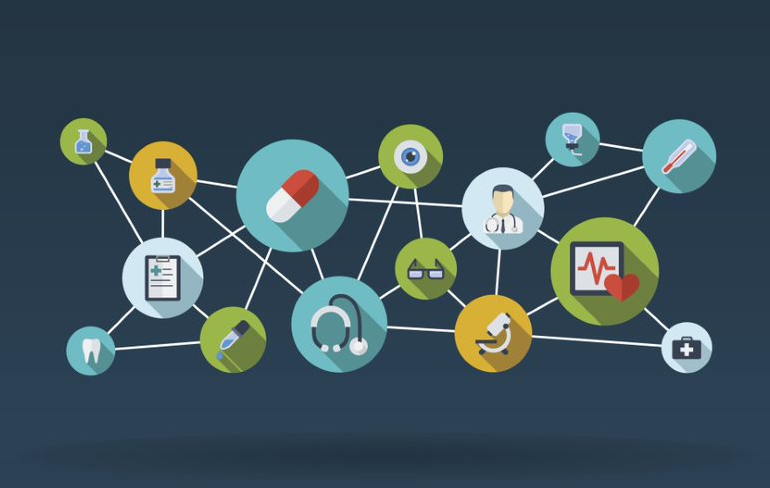The chances of answering well to “escalating” antidiabetic schedules with an extra antihyperglycemic and of evading cases of severe hypoglycemia might be elevated by promising methods in machine learning, big data, and real-time informatics. This is as per recent presentations showed in Orlando, Florida at the American Diabetes Association (ADA) 78th Scientific Sessions.
The move to include a GLP-1 RA (glucagon-akin peptide-1 receptor agonist) to oral antihyperglycemic agents including basal insulin that has been unsuccessful to sufficiently control T2DM (type 2 diabetes) of a patient might be informed better. For instance, this can be done with an investigation of a series of patient characteristics comprising the dosages and other medications. It can also be done by studying the duration and severity of concurrent conditions of diabetic symptoms.
Big-data algorithms may be employed to consider these various parameters and to probably verify the new drug therapy’s optimal patient characteristics, as per Esther Zimmermann. She is a Ph.D. working at Novo Nordisk in Denmark.
“Machine learning is a new equipment employed for the study of big data that has the capability of identifying trends and predicting outcomes,” Zimmermann claimed in her study.
“The objective of this survey was to employ machine learning for widespread analysis of complex & big data to characterize basal insulin-dependent patients for whom a GLP-1 RA was prescribed additionally.
Speaking of machine learning, the types of information being gathered for study purpose is increasing, but conventional structured information is a fine match for machine learning. Not all data is used or created equally. Over the period of time, the quantity and types of analytics information have changed, along with the warehouses in which the information is stored.
Data repositories were bumped by big data systems from center stage to storing new types of data. On the other hand, the refined information discovered in data warehouses may have a huge role to play in AI and machine learning initiatives, as per some reports.





Be First to Comment